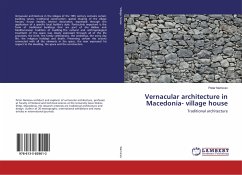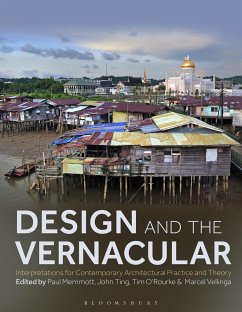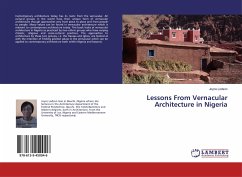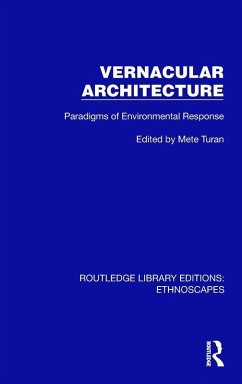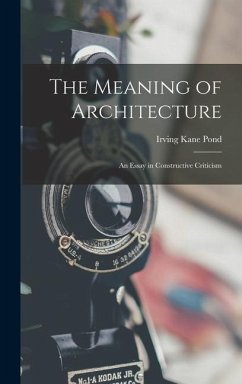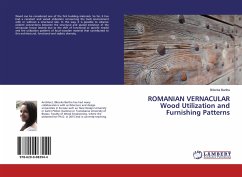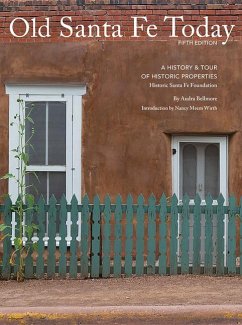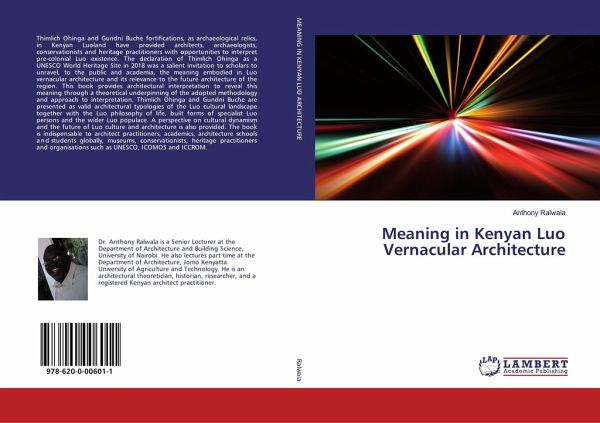
Meaning in Kenyan Luo Vernacular Architecture
Versandkostenfrei!
Versandfertig in 1-2 Wochen
44,99 €
inkl. MwSt.

PAYBACK Punkte
22 °P sammeln!
Thimlich Ohinga and Gundni Buche fortifications, as archaeological relics, in Kenyan Luoland have provided architects, archaeologists, conservationists and heritage practitioners with opportunities to interpret pre-colonial Luo existence. The declaration of Thimlich Ohinga as a UNESCO World Heritage Site in 2018 was a salient invitation to scholars to unravel, to the public and academia, the meaning embodied in Luo vernacular architecture and its relevance to the future architecture of the region. This book provides architectural interpretation to reveal this meaning through a theoretical unde...
Thimlich Ohinga and Gundni Buche fortifications, as archaeological relics, in Kenyan Luoland have provided architects, archaeologists, conservationists and heritage practitioners with opportunities to interpret pre-colonial Luo existence. The declaration of Thimlich Ohinga as a UNESCO World Heritage Site in 2018 was a salient invitation to scholars to unravel, to the public and academia, the meaning embodied in Luo vernacular architecture and its relevance to the future architecture of the region. This book provides architectural interpretation to reveal this meaning through a theoretical underpinning of the adopted methodology and approach to interpretation. Thimlich Ohinga and Gundni Buche are presented as valid architectural typologies of the Luo cultural landscape together with the Luo philosophy of life, built forms of specialist Luo persons and the wider Luo populace. A perspective on cultural dynamism and the future of Luo culture and architecture is also provided. The book is indispensable to architect practitioners, academics, architecture schools and students globally, museums, conservationists, heritage practitioners and organisations such as UNESCO, ICOMOS and ICCROM.




